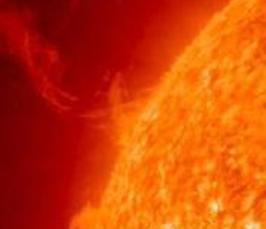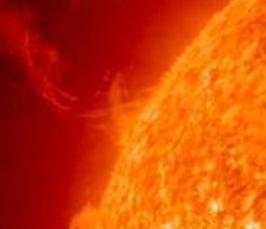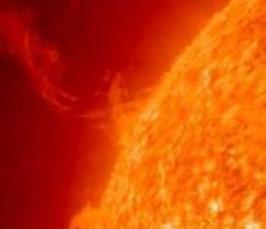European Solar Physics Online Seminar Archiv
Auf Initiative der Universität Oslo nimmt die MPS an der Reihe "European Solar Physics Online Seminar" (ESPOS) teil. Details finden Sie hier: https://folk.uio.no/tiago/espos/
Ziel dieser Videokonferenzreihe ist es, Ideen mit einem spezialisierten Publikum breiter zu verbreiten und Studenten und anderen jungen Forschern, die nicht regelmäßig zu Konferenzen reisen, einen Einblick in die Spitzenforschung zu geben. Die ESPOS-Serie soll jeden zweiten Donnerstag um 11 Uhr stattfinden.


